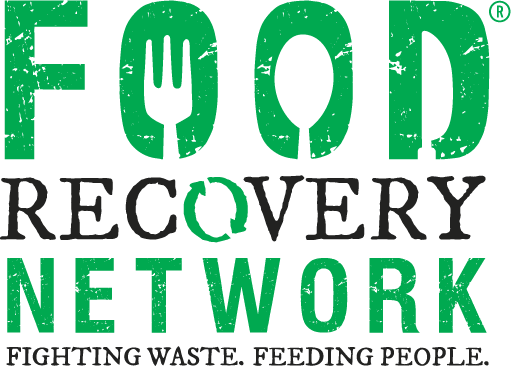I find the idea of the human brain “freezing into immobility”, shutting down or ignoring data when faced with big numbers, fascinating. Have you heard about this concept or seen it play out in real life? The concept describes how we can become paralyzed into inaction when we hear a statistic that is so huge that it’s difficult to visualize or understand. For example, take the fact that there are 120 million people living in poverty in this country. What does 120 million of something look like? Who are these people? The number just doesn’t resonate with us because it’s so hard to truly understand. In the same way, we know that Earth is warming to 1.5 degrees hotter than pre-industrial times, but what does this actually mean or look like? When we take in a number that is so big, or in this case, so conceptual and on such a large scale, we can freeze into immobility. What can we do about something so big, we ask ourselves. Probably nothing. So we don’t act.
But the food recovery movement and Food Recovery Network respond differently when faced with such huge problems. In fact, the co-founders of FRN were in college almost a decade ago, learning about the problems of the climate crisis, hunger, homelessness, and more, and the very large numbers associated with these problems.
The founders of Food Recovery Network and the thousands of people who’ve participated in our work since then recognize these large numbers, including this one: 42 million people in the United States are currently food insecure. Many of those millions of people are college students just like themselves. Many are young children. Our student chapter leaders take this big number and break that number down into a more personal and relatable concept: I know that means people in my very own community are suffering. I know people that I go to school with are hungry. From this understanding, our network moves into action. Our students begin to tackle the problem of food insecurity from the sphere of their control: I can help to feed those around me who are hungry.
We all know people in our communities right now who are hungry, and by participating in the efforts of Food Recovery Network by going on recoveries, educating fellow students and administrators about food insecurity and hunger on campus or in their community, by talking to restaurants, by financially contributing to FRN, people can begin to whittle down the number of people who are hungry today. It doesn’t take a lot of time, and by focusing on where we can act, we can move out of that feeling of immobility and join the efforts across the whole country to tackle this big number.
Here, let me show you what I mean. In any community in the United States, there are institutions of higher education nearby. You can look on our website to see if the higher education institution near you, or one that you are affiliated with, has an FRN chapter. And if not? Please get in touch with someone you know who attends, who’s a faculty or staff member, or someone else affiliated that you know and ask them about starting a chapter. Introduce us to someone who is interested in starting a chapter by emailing us at programs@foodrecoverynetwork.org. That person may be able to open the door to establishing a chapter by connecting us with the right person. With this simple connection, you are creating change to help people in your community, and thawing the “freeze brain” we sometimes feel when problems seem too big for us to make an impact.
By taking that step into action, you can feed someone who is hungry today.



